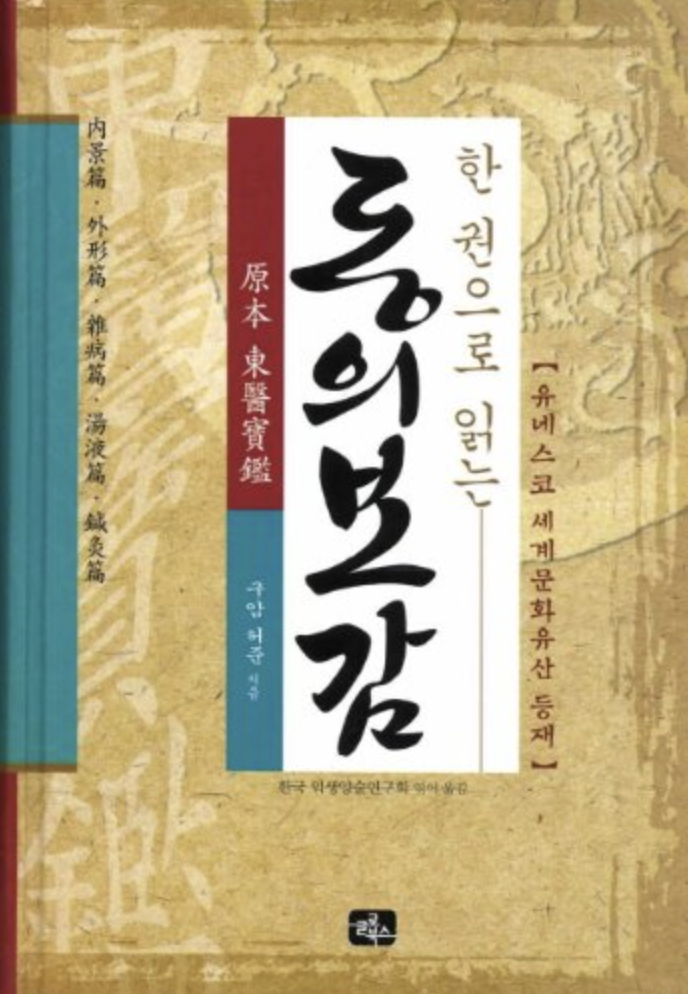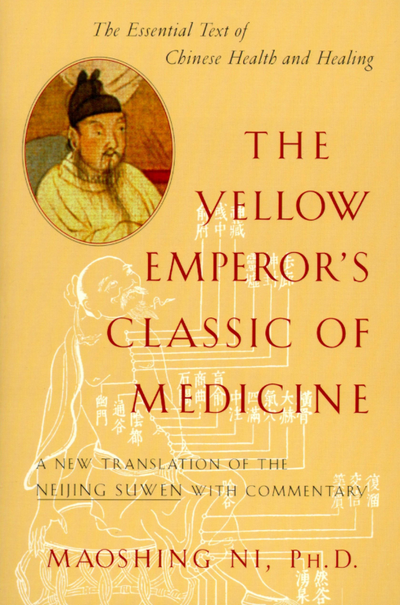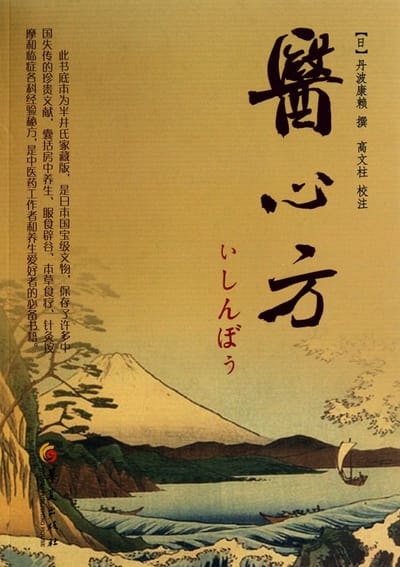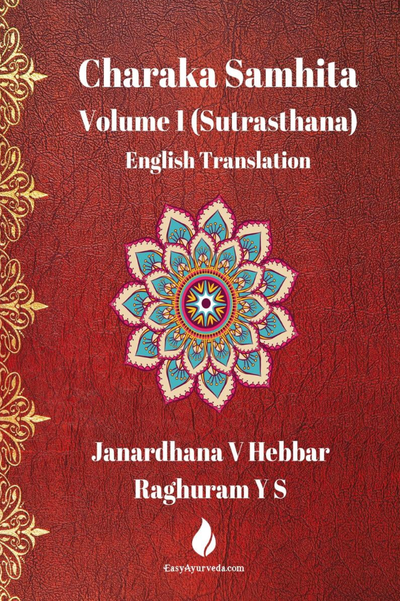Dongui Bogam (东医宝鉴)

1. Why This 17th-Century Text Still Matters
In an era of medical specialization, Dongui Bogam (1613) stands as a monument to integrated healing—blending Chinese medicine, Korean folk remedies, and the author's innovations. Its "treat the root, not just branches" philosophy resonates with today's functional medicine movement, offering solutions for chronic stress and lifestyle diseases through mind-body-environment balance.
2. Historical Context & Structure
- Created by: Royal physician Heo Jun under King Seonjo's order
- Timeframe: Compiled during Korea's Joseon Dynasty (1596-1613)
- Unique Features:
- 25-volume system classifying 1,503 conditions
- First medical text written in Korean script (Hangul) alongside Chinese
- Preserves 36 lost Chinese medical texts
3. Core Framework & Innovations

Revolutionary Contributions:
- Preventive Focus: "Yangsaeng" (nurturing life) routines
- Mental Health: "Simgu" (heart-governance) techniques
- Local Adaptation: 694 Korean-native remedies
4. Modern Validations
- Constitutional Medicine: Sasang typology matches gene expression profiles (2016 Seoul Nat'l Univ study)
- Ginseng Science: Its red ginseng preparation method boosts ginsenoside bioavailability (verified by WHO)
- Ecological Medicine: "Local herbs for local people" principle aligns with modern microbiome research
Qi's Takeaway
Studying Heo Jun's work reveals how crisis birthed innovation—written during Japanese invasions and epidemics, it distilled the best of Asian medicine while adding distinctly Korean insights. Its greatest lesson? True healing integrates physical care with spiritual harmony, a vision now echoed in precision medicine's biopsychosocial model.
No spam, no sharing to third party. Only you and me.





Member discussion